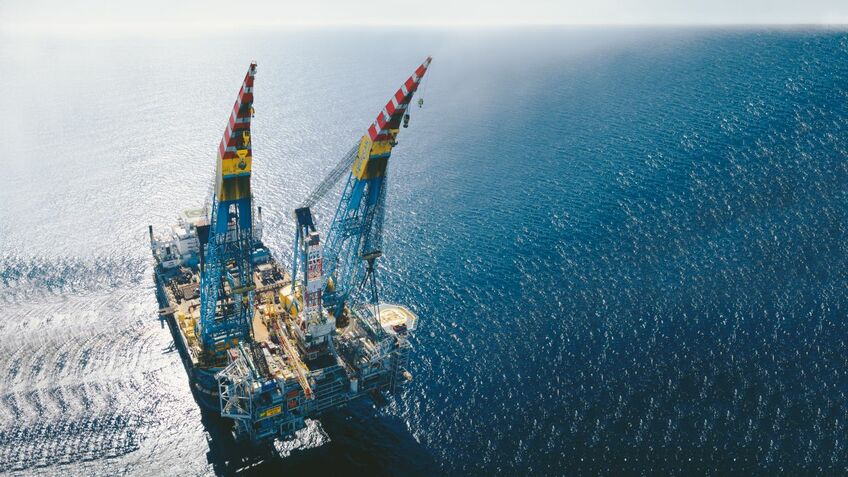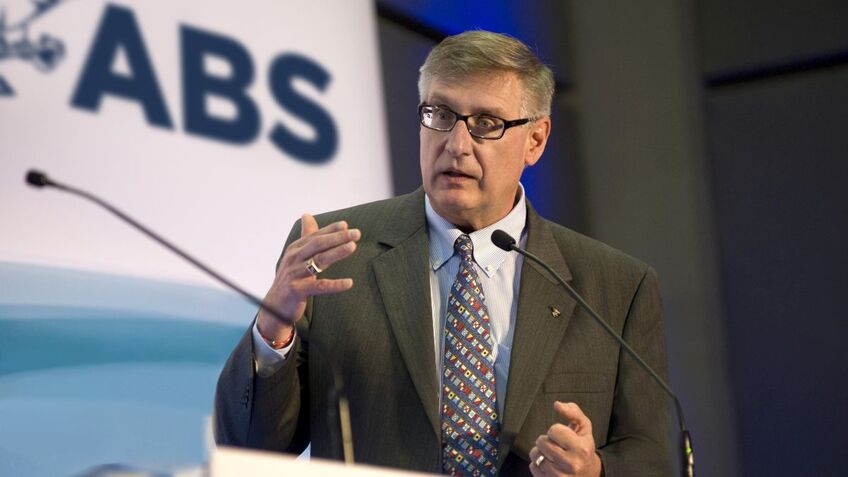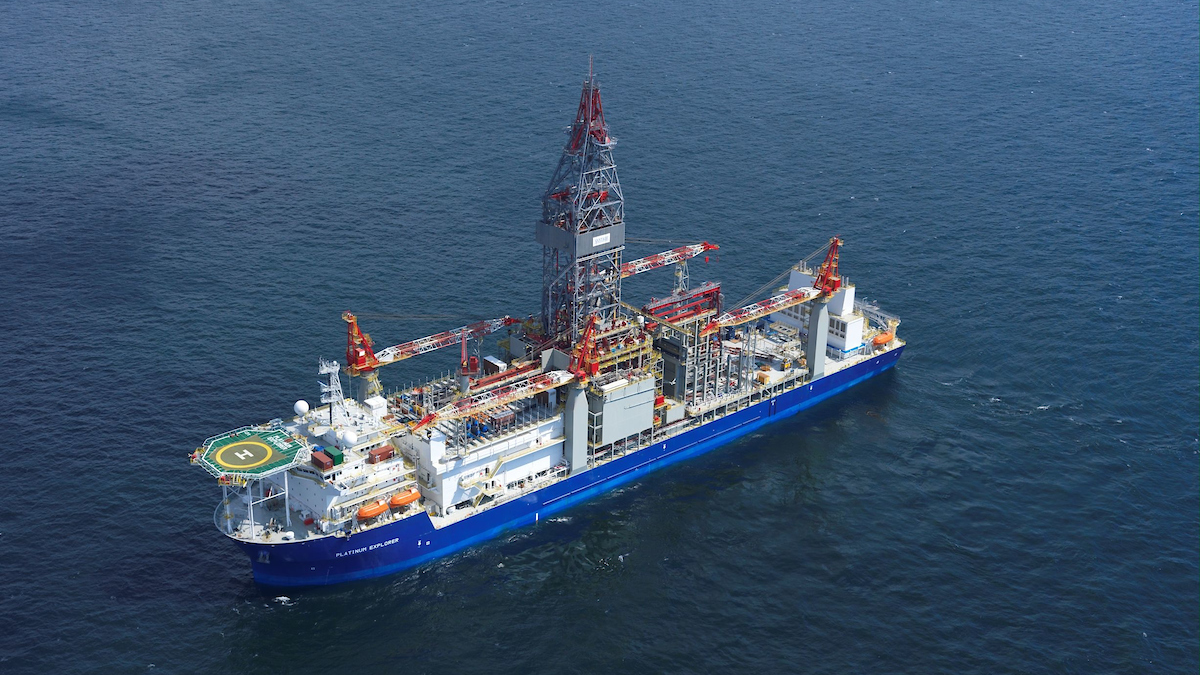Business Sectors
Events
Contents
Register to read more articles.
OSV charterers need to prepare for the new normal
After years of having the upper hand in an oversupplied OSV market, charterers are dealing with a new normal in the current upcycle
With capex spending on offshore oil and gas development and new project sanctioning set to remain robust at least until mid-decade, oil developers will need to plan on making do with the existing global fleet of OSVs.
While OSV owners are enjoying the best day rates and utilisation levels they have seen after some seven years of oversupply, newbuilds are still not yet in the cards. The high cost of construction, high price of financing and high uncertainty around new fuels will keep owners on the sidelines for now. Large newbuilding programmes are not yet in the cards, leaving charterers battling for the best available assets in the existing global OSV fleet.
This means that IOCs and NOCs will have to consider relaxing their mandatory age restrictions in their vessel tenders.
Calling this a “new normal” for charterers after years of oversupply, shipbroker Fearnleys said: “Considering the almost complete lack of fleet renewal and the fact that the age limitations typically employed by the largest industry operators will soon practically exclude half the fleet – which is far from sustainable and thus something has got to give. In our opinion, the best vessels going forward will be the available ones”.
But if OSV owners were to pull the trigger on a newbuilding programme, what would a future OSV look like? Will it incorporate ammonia fuel-cell technology?
“The best vessels going forward will be the available ones”
A recent memorandum of understanding (MoU) signed by European and American partners believes such technology will be required in future OSVs. The MoU brings together Bourbon Horizon, a joint venture between Bourbon Offshore and Horizon Maritime, design consultancy Green Ships Invest and ammonia technology provider Amogy. No firm shipbuilding contract has yet been announced for the ammonia-fuelled platform supply vessels.
Besides newbuildings, OSV owners are also considering other options to enhance their fleets, to take advantage of the offshore energy upcycle. Two ways to do this are to be active in the S&P market and upgrade their fleets.
Louisiana-based OSV owner, Hornbeck Offshore Services (HOS), has been busy doing both. HOS president and chief executive, Todd Hornbeck, detailed to us a compelling commercial case for converting an existing PSV into a state-of-the-art service operation vessel (SOV) that will be flexible enough to serve both the offshore wind and offshore oil and gas markets. One of the top 10 OSV owners in the world, HOS operates one of the largest flotel fleets in the Americas. Mr Hornbeck envisions this new SOV, HOS Rocinante, would go to the highest bidder, whether in the offshore wind or oilfield markets, generating the best return for HOS. Making the vessel even more appealing is that its all-in cost will be less than US$100M, below the price tag of a comparable Jones Act-qualified SOV, which Mr Hornbeck puts at US$170M.
With several similar PSVs in his fleet, some purchased from other US owners, Mr Hornbeck sees HOS Rocinante as a model for future HOS conversions. It will be interesting to see if other vessel owners follow suit to take advantage of the upcycle in both offshore wind and offshore oil and gas, offering charterers other options for the new normal.
Related to this Story
Events
Maritime Environmental Protection Webinar Week
Cyber & Vessel Security Webinar Week
The illusion of safety: what we're getting wrong about crews, tech, and fatigue
Responsible Ship Recycling Forum 2025
© 2024 Riviera Maritime Media Ltd.












